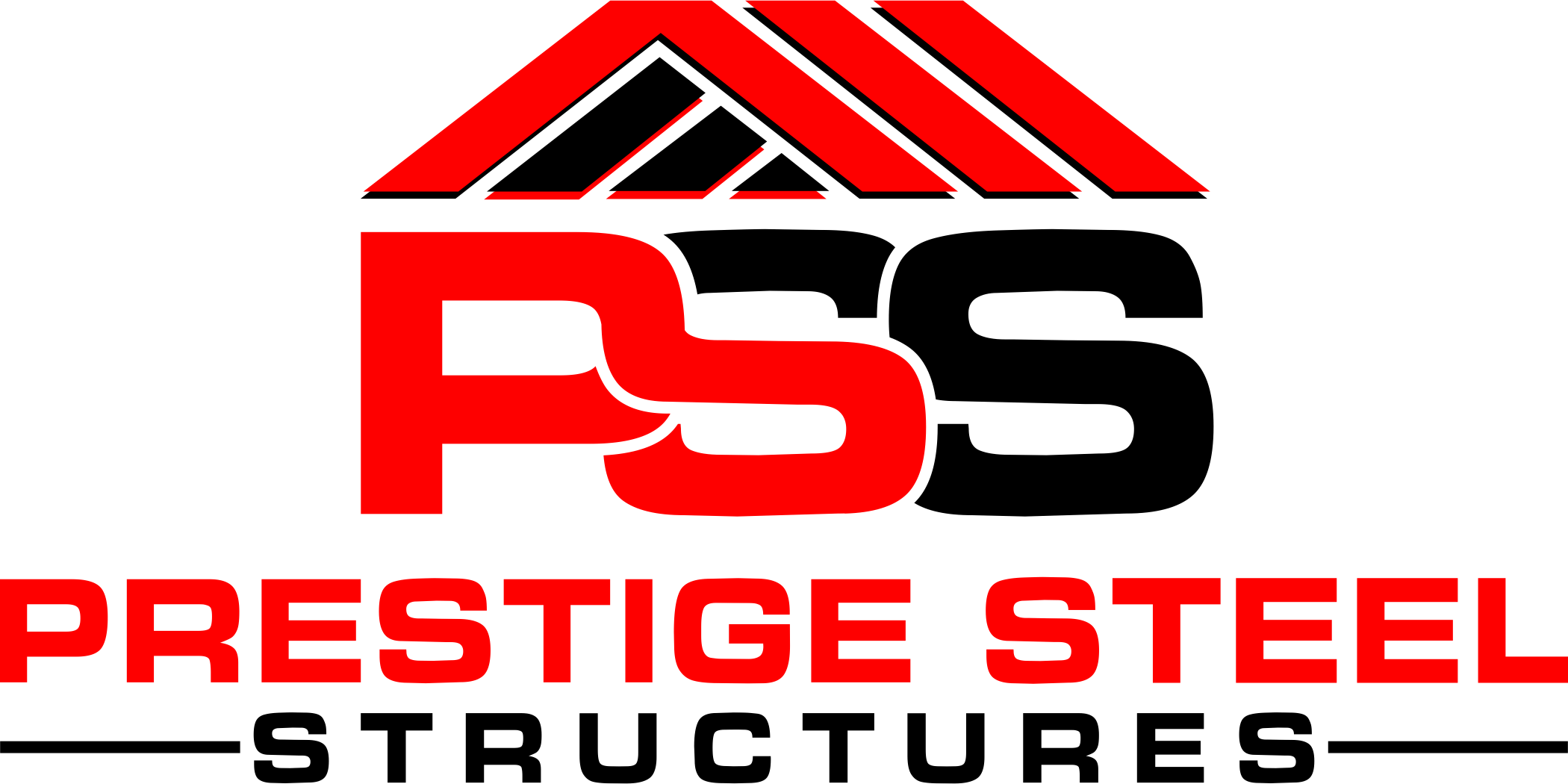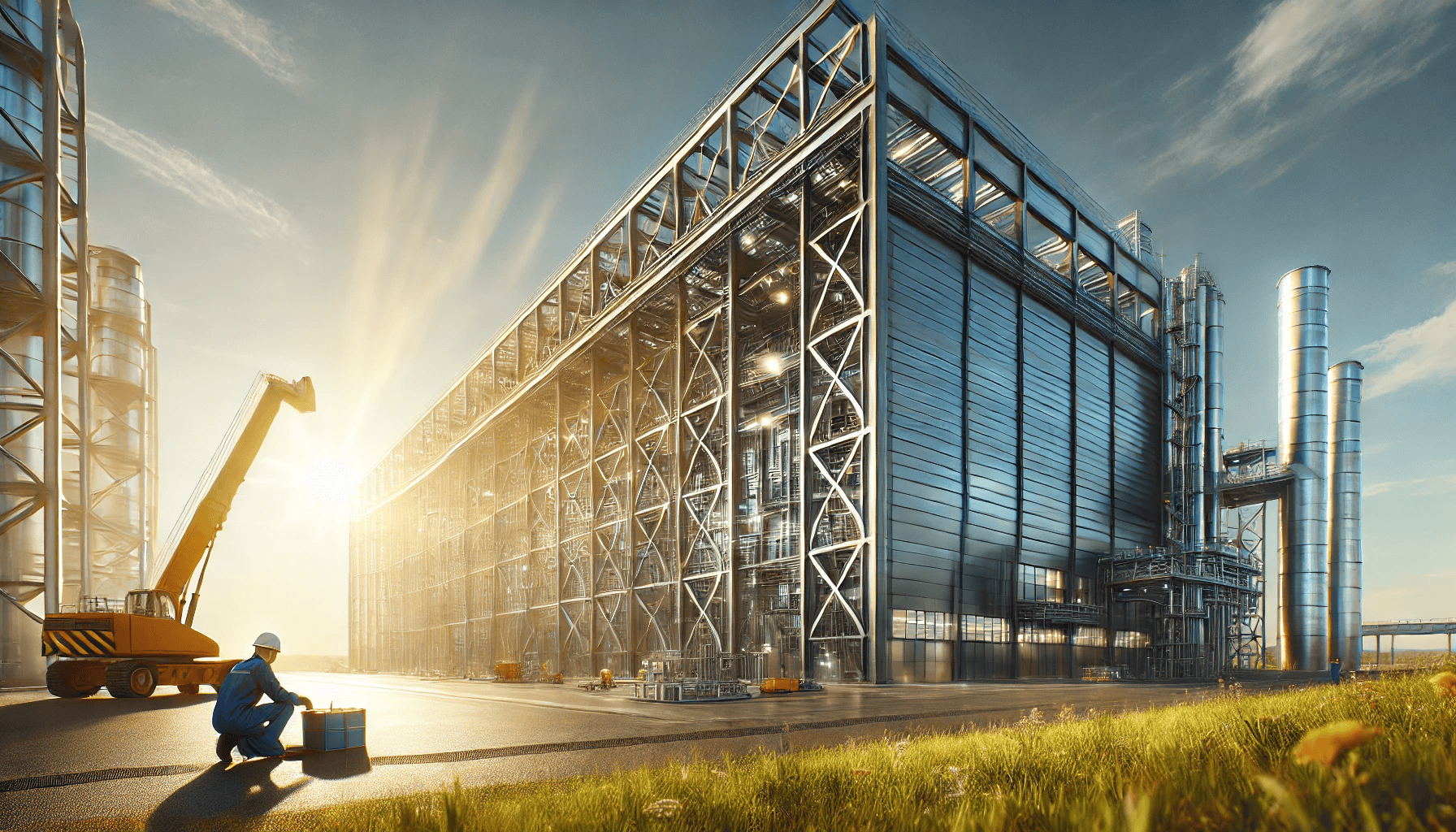Rust is the quiet adversary of steel buildings, slowly compromising steel structures and potentially resulting in expensive repairs if left unchecked. For anyone investing in a steel shed, steel garage, or any other kind of steel building, understanding how to prevent rust is essential. By incorporating strategic design elements, choosing suitable materials, and adhering to proper maintenance practices, you can safeguard your steel building from the harmful effects of rust.
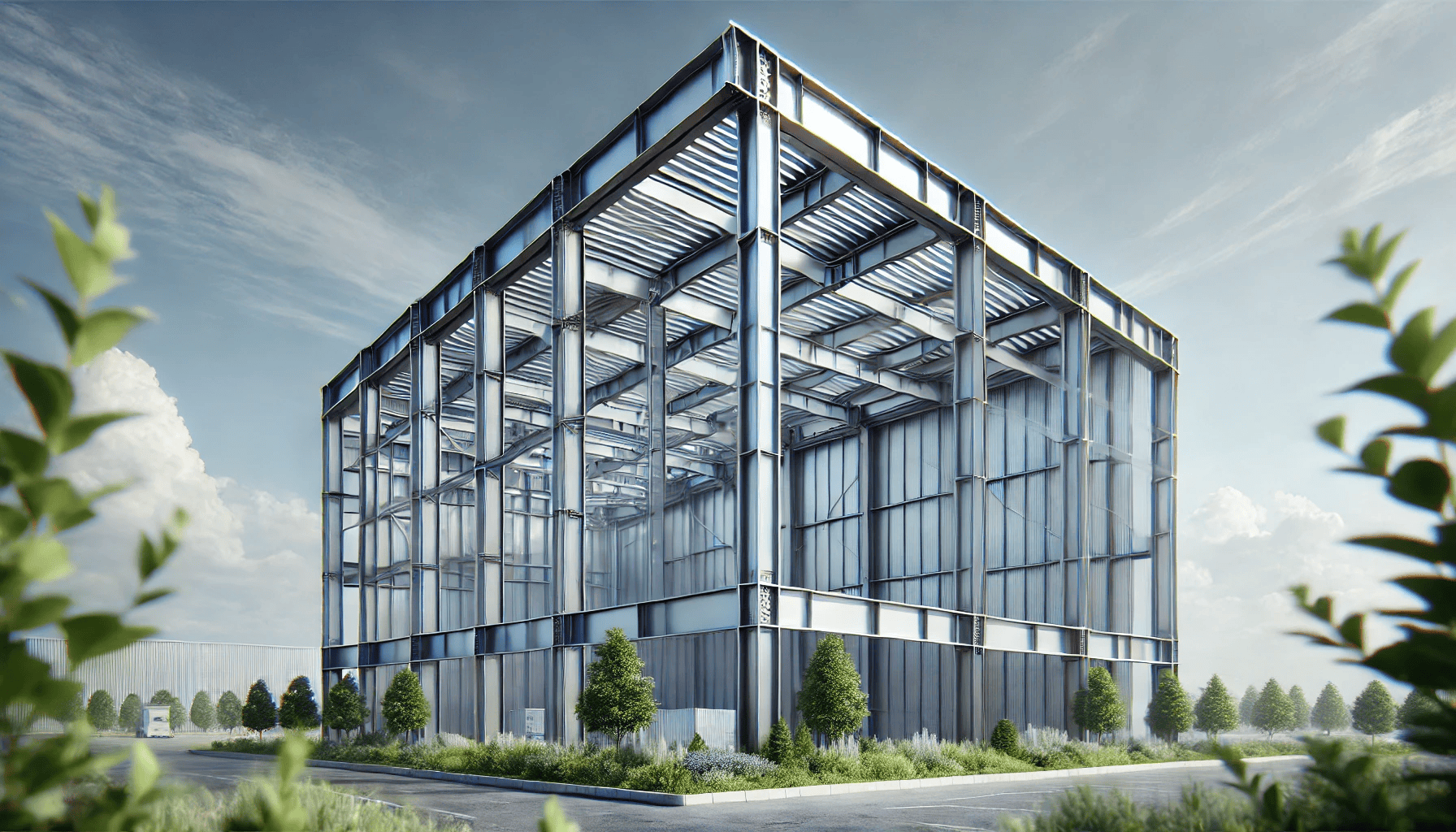
The Importance of Rust Prevention
Rust isn’t just unattractive; it can actually threaten the structural strength of your steel building, raising significant safety concerns. When left unchecked, rust gradually weakens and degrades steel components, which can lead to substantial repair expenses or even necessitate a total replacement. This is why rust prevention is essential, not only to preserve the appearance of your building but also to protect its longevity and safety.
What Kinds of Serious Issues Can Rust Cause?
Structural Weakening: Rust has the potential to corrode steel panels, which can significantly reduce their strength and compromise the building’s overall stability.
Safety Hazards: When building components are weakened due to rust, there is an increased risk of collapse, especially in severe weather conditions, posing serious safety concerns.
Increased Maintenance Costs: Rust damage often leads to expensive repairs and frequent maintenance, which can add up over time and become a financial burden.
Decreased Property Value: A building affected by rust appears less attractive, which can diminish the property’s value and curb its market appeal.
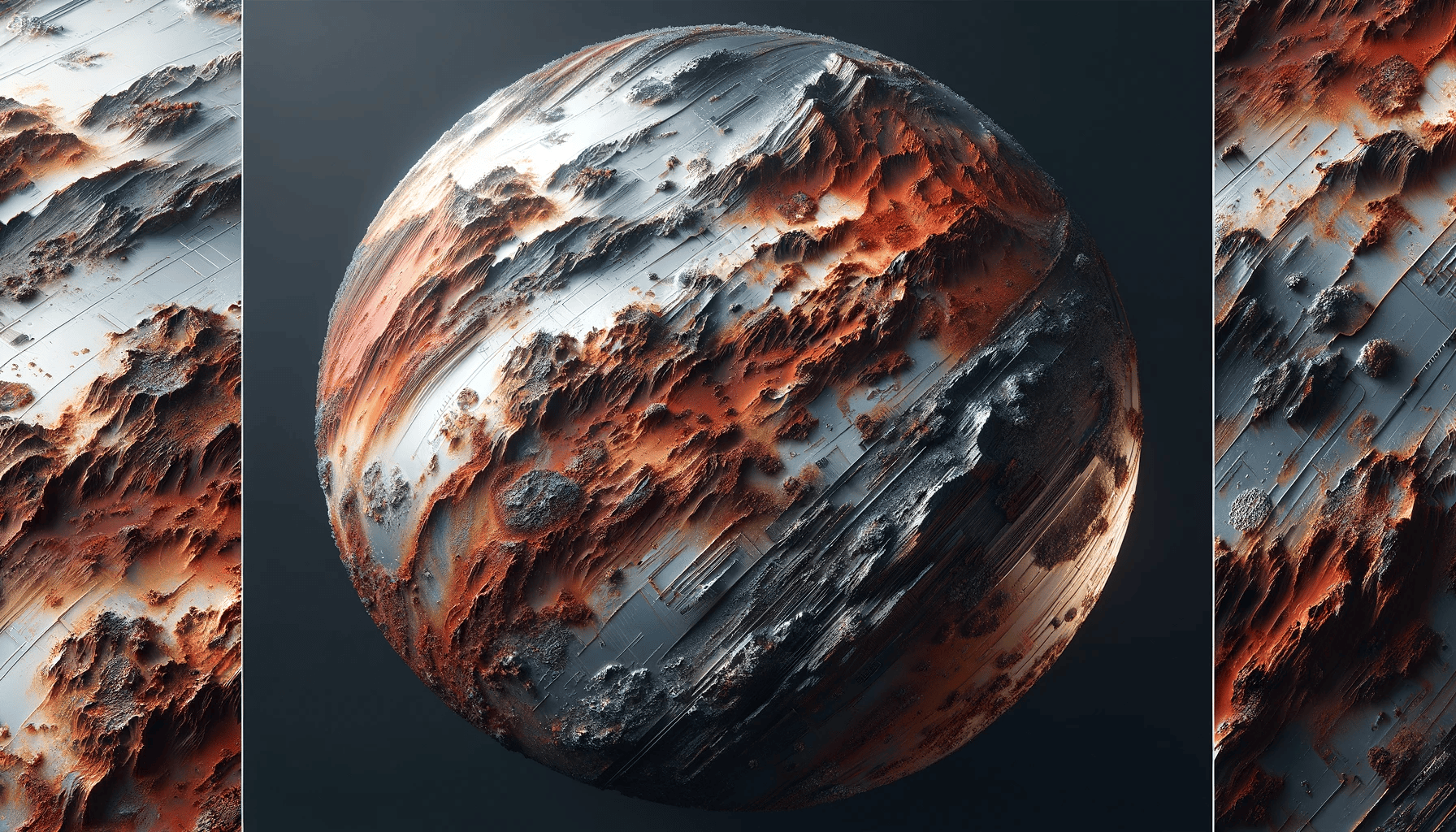
Understanding Rust Formation
Rust forms due to an electrochemical reaction known as oxidation, which takes place between iron, oxygen, and moisture. When steel surfaces come into contact with water and air, the iron within reacts with oxygen, leading to the formation of iron oxide—more commonly recognized as rust. This chemical reaction not only tarnishes the steel but also weakens it over time. Consequently, rust prevention becomes an essential part of steel building maintenance.
Factors That Accelerate Rust:
- Moisture: Water, whether from rain, humidity, or condensation, serves as a major catalyst for rust formation.
- Oxygen: The oxygen present in the air combines with moisture, initiating the rusting process.
- Salt Exposure: Salt, particularly in coastal regions, hastens rusting by acting as an electrolyte, which speeds up the chemical reaction.
Creating Rust-Resistant Designs
Incorporating rust-resistant features at the planning stage can significantly reduce the likelihood of rust development.
Design Elements That Help Prevent Rust:
- Elevated Foundations: Keeps the structure safe from ground moisture. Adequate Spacing: Promotes airflow, helping to minimize moisture accumulation.
- Effective Drainage: Incorporate slopes and gutters to channel water away from the building.
- Protective Barriers: Opt for galvanized materials, galvalume steel, and specialized coatings for enhanced protection.
Ensuring your building has adequate airflow is essential in preventing moisture accumulation, which is a leading cause of rust. This can be achieved by incorporating proper ventilation and maintaining spacing between building components.
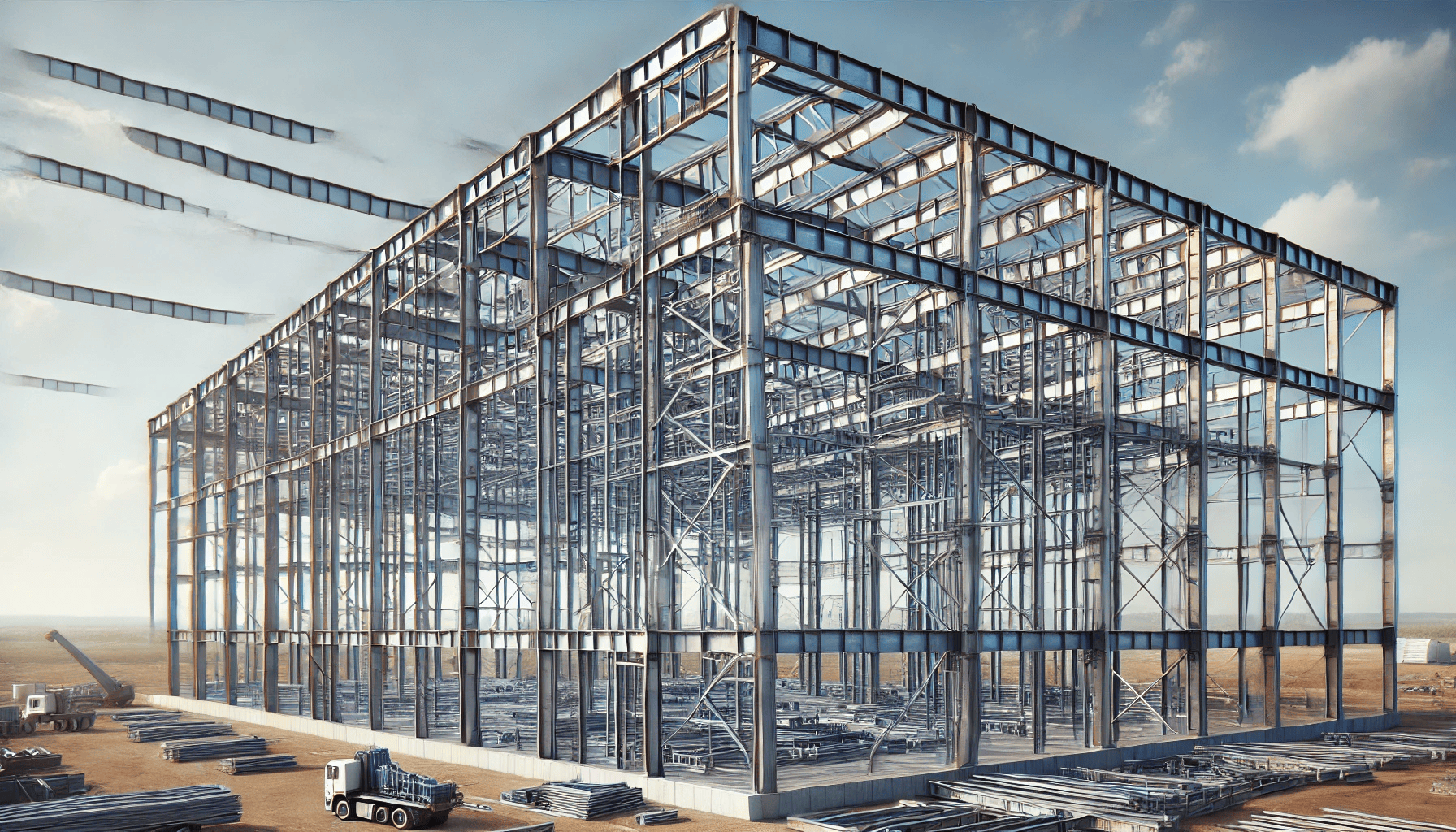
Choosing the Right Materials
When choosing materials for your steel building project, focus on selecting top-quality, rust-resistant metals such as galvanized steel and stainless steel.
Galvanized steel, protected by a zinc coating, provides exceptional corrosion resistance, making it a durable option for structural elements. Stainless steel, renowned for its corrosion-resistant properties, ensures longevity by withstanding tough environmental conditions without succumbing to rust.
These steel types not only offer structural stability but also boost the visual appeal of your building. Although galvanized steel may incur higher costs due to its coating process, stainless steel offers a great balance between expense and durability.
Furthermore, incorporating suitable coatings and treatments can enhance the corrosion resistance of these steels, significantly extending the lifespan of your building.
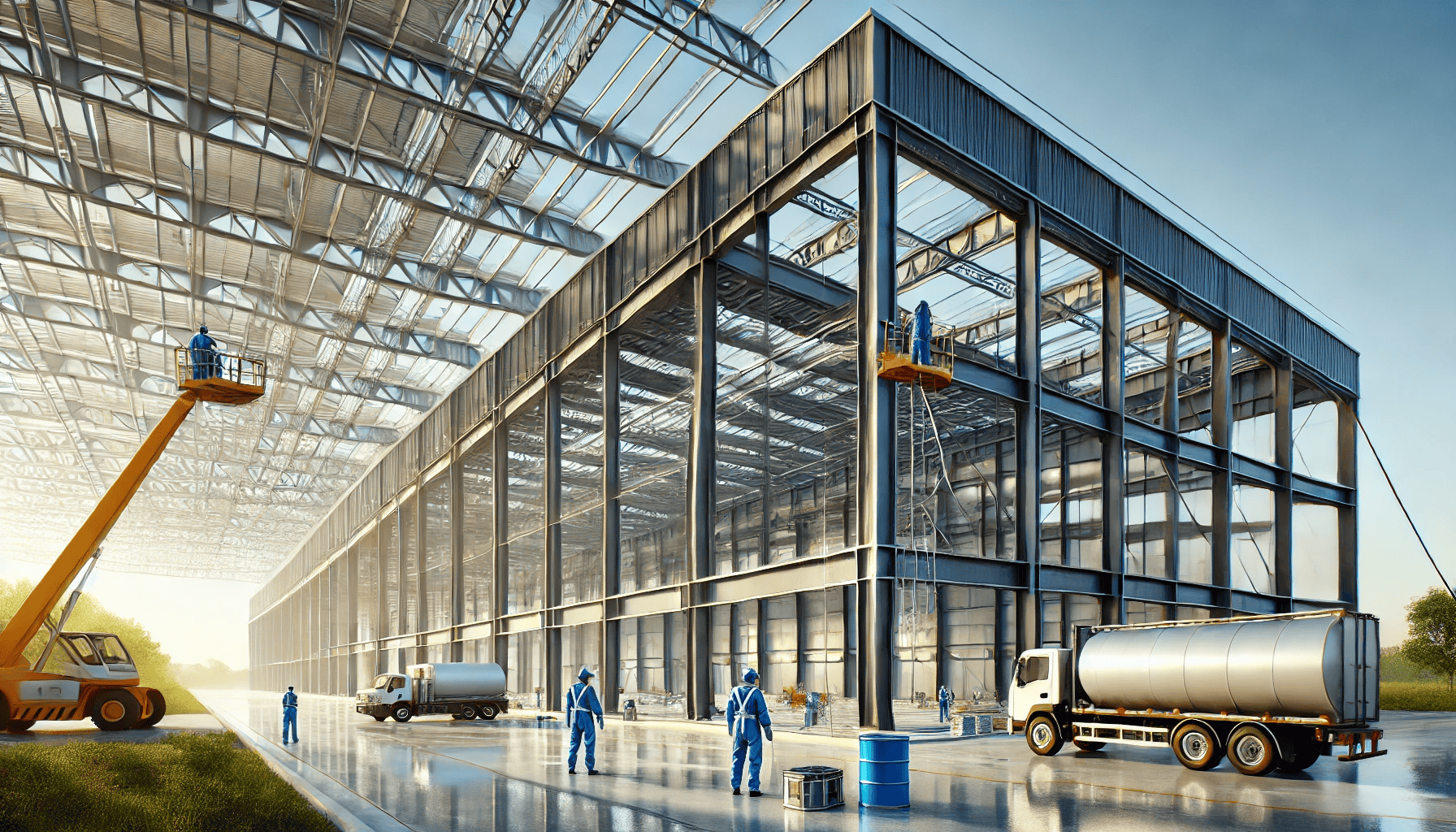
Protective Coatings for Steel Buildings
Enhancing the longevity and durability of your steel building can be achieved by applying various protective coatings to the steel surfaces. These coatings are essential for boosting corrosion resistance and ensuring that your structure can withstand the specific environmental challenges it may face.
Before you begin, it’s crucial to properly prepare the surface, which includes cleaning and priming, to promote the best possible adhesion and coating performance. Based on the type of coating you choose, different application methods such as spraying, brushing, or dipping can be employed for optimal results.
Types of Protective Coatings:
- Paint: This coating serves as a barrier to shield steel from moisture and oxygen.
- Powder Coating: A heat-cured finish that provides a durable, protective layer.
- Epoxy Coatings: Known for strong adhesion and resistance to chemicals.
- Sealants for Seams and Joints: Silicone sealants safeguard vulnerable areas from water intrusion.
- Rust Inhibitors: Chemical solutions that delay or prevent rust formation.
The main objective of these coatings is to prevent corrosion by forming a protective barrier between the steel surface and corrosive elements. Selecting the appropriate coating and applying it properly can significantly enhance the long-term durability of your steel building, ultimately saving you time and money on future maintenance.
Routine Upkeep for Rust Prevention
Consistent upkeep is essential for preventing rust, even when using top-quality materials and protective coatings. Regular inspections allow you to identify early rust signs before they escalate into significant issues. Begin by establishing an inspection checklist that helps you detect the initial indicators of corrosion. This checklist should involve detailed examinations for rust spots, peeling paint, and moisture accumulation on surfaces.
Regular cleaning to eliminate dirt, debris, and other contaminants will help maintain your steel building in prime condition. Establish a routine maintenance schedule to promptly tackle any potential concerns. This includes examining building components, watching for discoloration, and reapplying protective treatments as needed.
Environmental Factors to Consider
The environment surrounding your steel buildings plays a crucial role in rust formation. Structures located in humid or coastal areas are more prone to rust due to elevated moisture levels and exposure to salt.
Strategies to Mitigate Effects in Challenging Environments:
- Humidity Control: Utilize a dehumidifier to keep moisture levels in check.
- Proximity to Saltwater: Apply specialized protective coatings designed to endure salty air.
- Climate Adaptation: Establish a more rigorous maintenance schedule for buildings in harsh environments.
By understanding and adapting to the environmental conditions surrounding your steel building, you can effectively prevent rust formation.
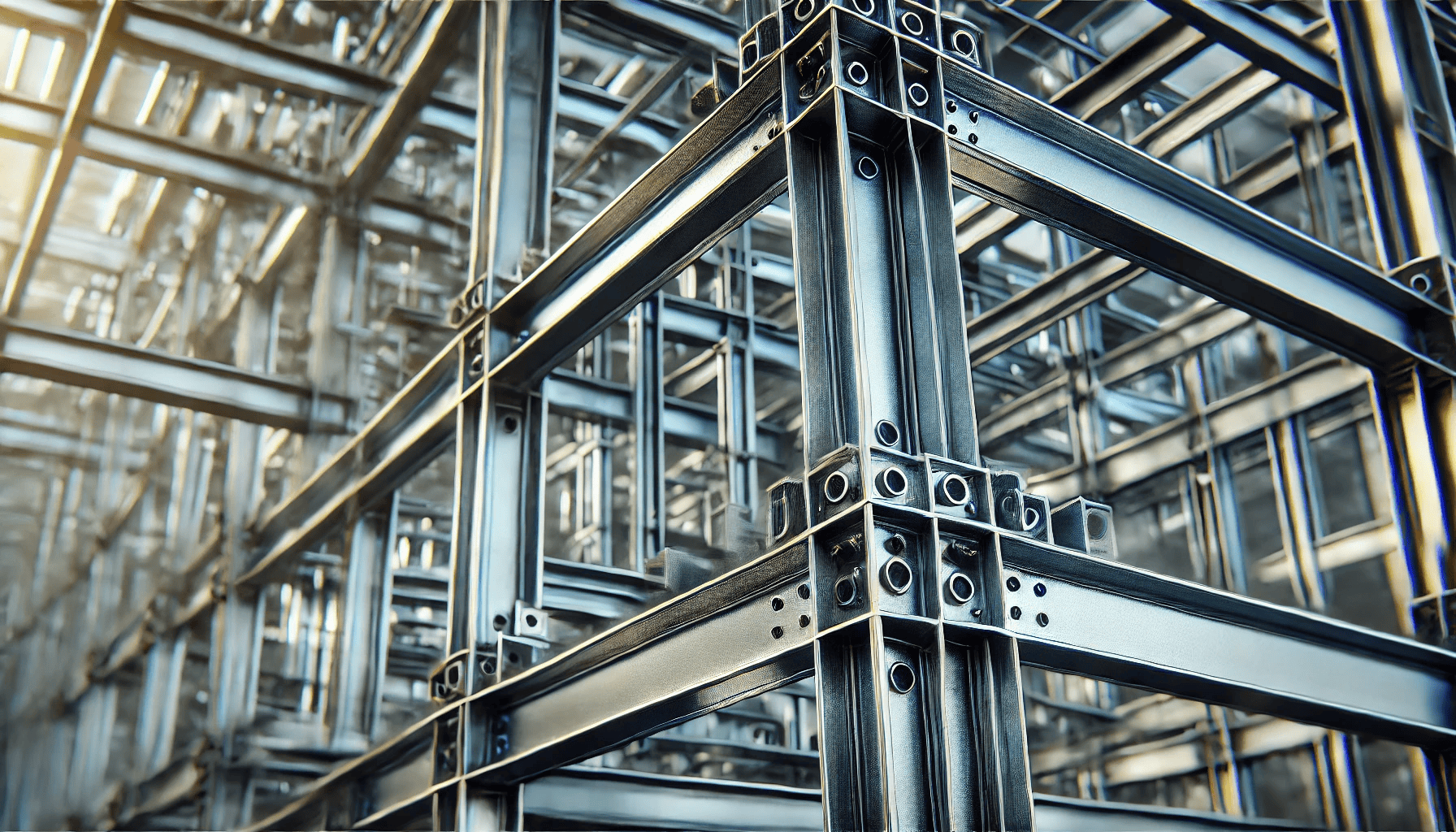
Repairing Existing Rust on Your Steel Building
If rust starts to develop on your steel building, addressing it quickly is crucial to prevent further damage. Recognizing the early signs of rust is essential for maintaining the structural integrity of your building.
Discoloration on steel surfaces is one of the first signs to watch for. You might notice reddish-brown or orange spots, especially in areas that are frequently exposed to moisture. Another clear indicator of rust is bubbling or peeling paint. This happens when rust forms beneath a coat of paint, causing the paint to lose its grip and eventually bubble or peel away. As rust advances, it may cause the surface to feel rough or pitted, indicating that corrosion is progressing and could lead to more severe damage if not treated promptly. Sometimes, you might even observe a bluing effect, where the steel takes on a bluish tint—often a warning sign of rust in areas exposed to heat or high humidity. Additionally, rust streaks running down the steel surface can suggest that corrosion is spreading from higher points on the structure.
Once rust is detected, it’s essential to act fast with the right rust removal methods to halt further deterioration.
Effective Rust Removal Techniques:
- Abrasive Blasting: This method involves using high-pressure sandblasting or similar techniques to mechanically remove rust, leaving the steel surface clean.
- Chemical Treatments: Rust converters or phosphoric acid solutions can be used to neutralize rust, converting it into a stable compound that can be painted over.
- Reapplication of Protective Coatings: After rust is removed, it’s necessary to reapply protective coatings like powder coating, paint, or sealants to prevent future corrosion and protect the steel surface.
In severe cases where rust has caused substantial damage, replacing or reinforcing the affected areas may be necessary. Fasteners, joints, and other building components compromised by rust might need professional attention. Consulting a professional ensures that repairs are carried out effectively, preserving the structural integrity of your building and extending its lifespan.
The Prestige Steel Structures Advantage
At Prestige Steel Structures, we don’t just offer steel building. We provide peace of mind and quality assurance. Our structures are crafted to be highly resistant to rust and are built using materials that deliver exceptional protection against corrosion. With our customizable designs, both homeowners and business owners can create a structure that fits their needs while enduring the toughest elements.
Preventing rust on your steel building involves smart design choices, high-quality materials, protective coatings, and consistent maintenance. By following these essential steps, you can keep your new steel building in top shape, safeguarding your investment and enjoying a durable, long-lasting structure.
Conclusion
Rust prevention in steel buildings is not just about maintaining aesthetics—it’s a crucial part of preserving structural integrity and extending the life of your investment. By understanding the factors that lead to rust, utilizing rust-resistant materials, and implementing protective coatings, you can mitigate the risks associated with corrosion. Additionally, consistent maintenance and inspections are essential for early detection and effective rust management.
Incorporating strategic design features such as adequate ventilation, protective barriers, and appropriate drainage helps reduce exposure to moisture and other rust-inducing elements. By being proactive and taking preventive measures, you not only protect your steel building from potential hazards but also minimize repair costs and maintain its property value. Remember, rust prevention is an ongoing process, but with diligent effort, you can keep your steel building looking great and standing strong for many years.
FAQs
How often should I inspect my steel building for rust?
It’s recommended to inspect your steel building at least twice a year, especially before and after harsh weather seasons. Regular inspections allow you to catch early signs of rust before they become significant issues.
What are the best materials to use for rust prevention in steel buildings?
Galvanized steel and stainless steel are among the best options for rust prevention. Galvanized steel features a protective zinc coating, while stainless steel resists corrosion due to its chromium content, making both highly effective for durability and rust resistance.
Can I apply protective coatings to my steel building myself?
Yes, you can apply coatings like paint, epoxy, or sealants yourself. However, it’s essential to prepare the surface thoroughly by cleaning and priming to ensure proper adhesion. For large-scale applications or specialized coatings like powder coatings, professional assistance may be advisable.
How does the environment affect rust formation on steel buildings?
Environmental factors like humidity, salt exposure, and temperature fluctuations can significantly impact rust formation. Buildings in coastal areas or humid climates are particularly vulnerable, requiring additional protective measures like specialized coatings and rigorous maintenance schedules.
What should I do if I find rust on my steel building?
If you notice rust, it’s crucial to act quickly. Start by removing the rust using abrasive blasting or chemical treatments. Once the rust is removed, reapply protective coatings to prevent it from recurring. For severe cases, consult a professional for proper repairs to ensure the building’s safety and integrity.

